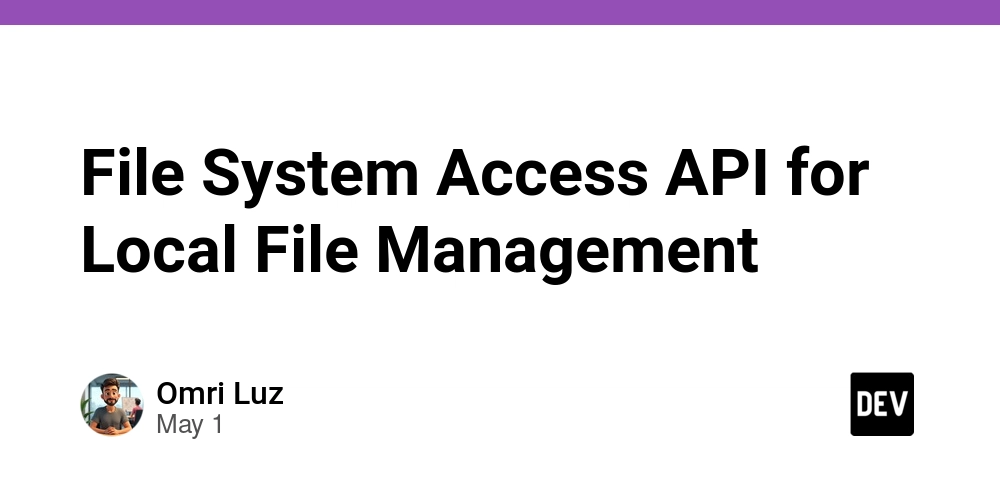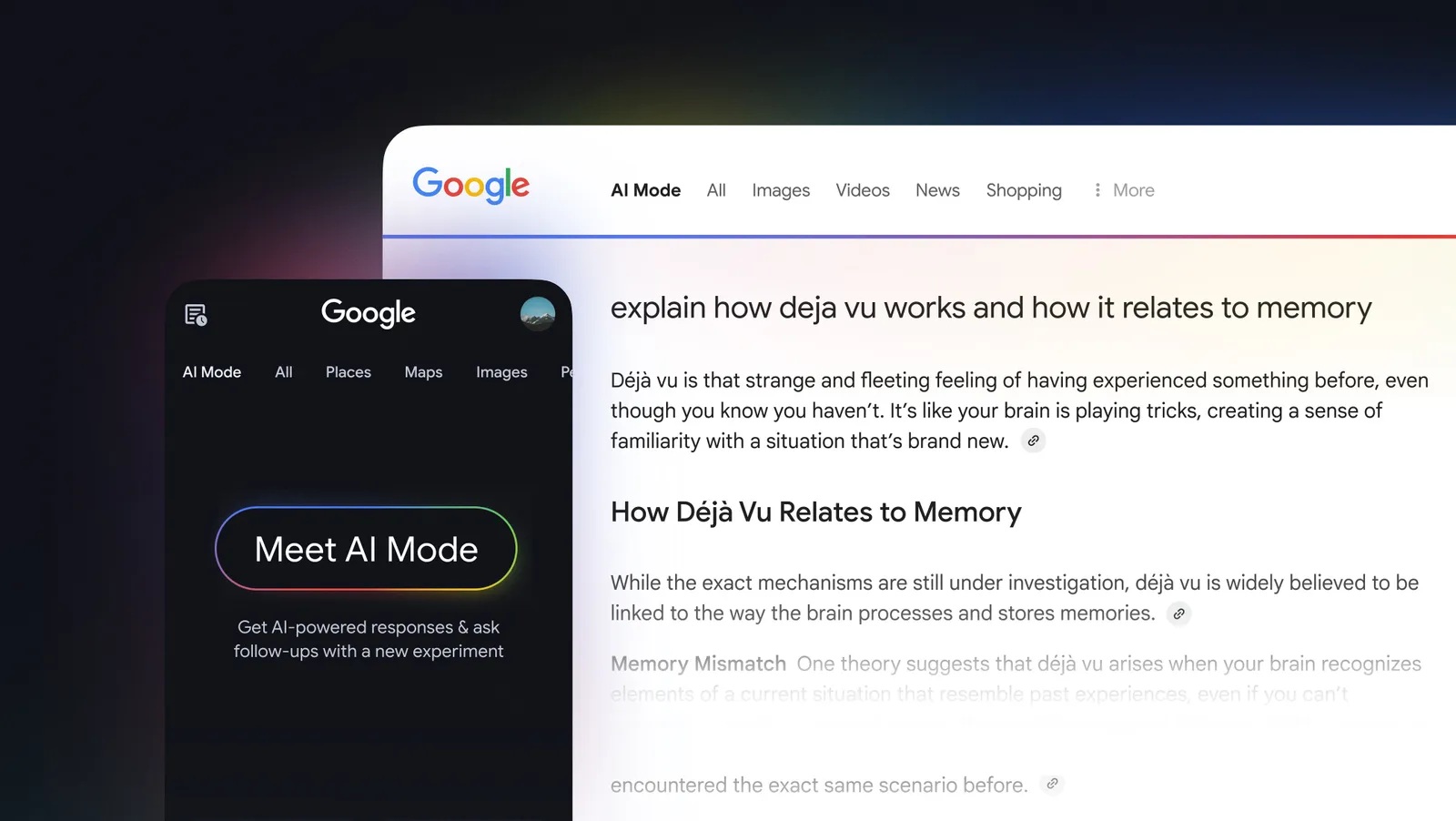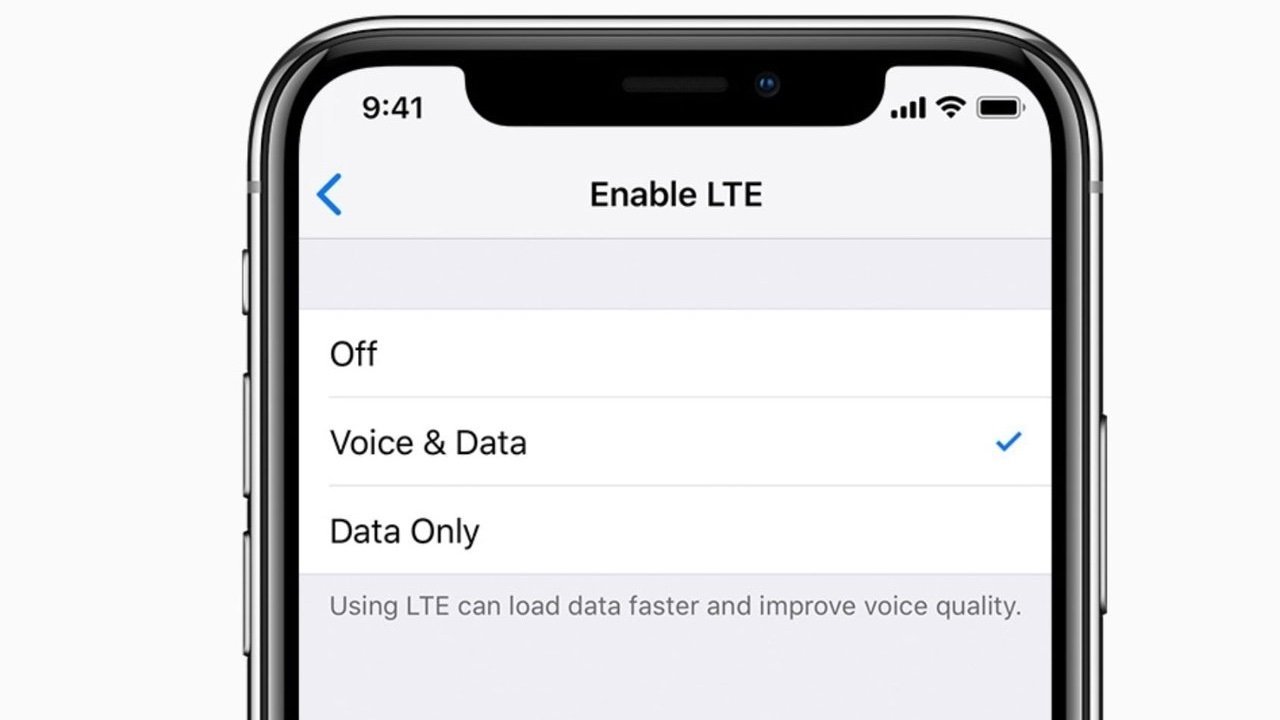File System Access API for Local File Management
File System Access API for Local File Management The File System Access API (FS Access API) represents a landmark evolution in web technology, enabling web applications to interact directly with a user's local file system. This contrasts sharply with traditional web paradigms, which treat the file system as a sealed notebook, only accessible via upload mechanisms. The ability to read from and write to local files in a secure, efficient manner empowers developers to build highly interactive, desktop-like experiences directly within the browser. Historical and Technical Context Historically, browser security has heavily restricted access to the local file system. The introduction of the element served as a workaround, allowing users to upload files from their machines, but it did not facilitate editing or saving files directly back to the local environment. Evolution of Web APIs The evolution of web technologies has been marked by various initiatives aimed at improving the interaction between web applications and the user's environment. Key historical milestones include: HTML5 File API (2011): Allowed file reading from inputs but still required user action to access. WebRTC (2012): Aimed at real-time communications; raised awareness about direct connections to local resources. Progressive Web Apps (PWAs): Increased the desire for a native-like file handling experience. The emergence of the File System Access API in 2020 by Google Chrome (with growing support in other browsers) overcame these limitations by allowing developers to read from and write to files and directories, effectively bridging the gap between web applications and local resources. Technical Foundation and Implementation The File System Access API is built upon asynchronous JavaScript, utilizing Promises and modern async/await patterns for easy but robust file handling operations. The core functionalities include: File Picking: Allowing users to select files. Directory Access: Enabling users to select a whole directory. File Read/Write: Performing operations on selected files with permission granularity. Core Concepts File System Access: Downloads and uploads can occur directly to/from the file system without navigating through multiple file dialogs. FileHandle and DirectoryHandle: These are the primary objects used to interact with files and directories. Permissions: The API adheres to the Permissions API for checking and managing the read/write abilities of resources. Security Model Maintaining user privacy is paramount. The File System Access API operates within a secure context. Users must grant permissions explicitly, and appropriate cleanup measures are implemented for session security. In-Depth Code Examples To effectively demonstrate practical usage, I will explore several examples, including complex scenarios which leverage advanced functionality. Example 1: Reading a File async function readFile() { try { // Show file picker dialog to the user const [fileHandle] = await window.showOpenFilePicker(); // Get the file object const file = await fileHandle.getFile(); // Read the file as text const content = await file.text(); console.log('File Content:', content); } catch (error) { console.error('Error reading file:', error); } } Example 2: Writing to a New File async function saveFile() { try { // Create a new writable file handle const newHandle = await window.showFilePicker({ suggestedName: 'myNewFile.txt', types: [{description: 'Text Files', accept: {'text/plain': ['.txt']}}], }); // Create a writable stream and write to it const writableStream = await newHandle.createWritable(); await writableStream.write('Hello, world!'); await writableStream.close(); console.log('File saved successfully'); } catch (error) { console.error('Error saving file:', error); } } Example 3: Reading a JSON File and Processing It async function readJSONFile() { try { const [fileHandle] = await window.showOpenFilePicker(); const file = await fileHandle.getFile(); const text = await file.text(); const data = JSON.parse(text); // Process the JSON data console.log('Parsed JSON Data:', data); } catch (error) { console.error('Error processing JSON file:', error); } } Example 4: Directory Access async function readDirectory() { try { const dirHandle = await window.showDirectoryPicker(); for await (const entry of dirHandle.values()) { const file = await entry.getFile(); const content = await file.text(); console.log(`File: ${file.name} Content: ${content}`); } } catch (error) {

File System Access API for Local File Management
The File System Access API (FS Access API) represents a landmark evolution in web technology, enabling web applications to interact directly with a user's local file system. This contrasts sharply with traditional web paradigms, which treat the file system as a sealed notebook, only accessible via upload mechanisms. The ability to read from and write to local files in a secure, efficient manner empowers developers to build highly interactive, desktop-like experiences directly within the browser.
Historical and Technical Context
Historically, browser security has heavily restricted access to the local file system. The introduction of the element served as a workaround, allowing users to upload files from their machines, but it did not facilitate editing or saving files directly back to the local environment.
Evolution of Web APIs
The evolution of web technologies has been marked by various initiatives aimed at improving the interaction between web applications and the user's environment. Key historical milestones include:
- HTML5 File API (2011): Allowed file reading from inputs but still required user action to access.
- WebRTC (2012): Aimed at real-time communications; raised awareness about direct connections to local resources.
- Progressive Web Apps (PWAs): Increased the desire for a native-like file handling experience.
The emergence of the File System Access API in 2020 by Google Chrome (with growing support in other browsers) overcame these limitations by allowing developers to read from and write to files and directories, effectively bridging the gap between web applications and local resources.
Technical Foundation and Implementation
The File System Access API is built upon asynchronous JavaScript, utilizing Promises and modern async/await patterns for easy but robust file handling operations. The core functionalities include:
- File Picking: Allowing users to select files.
- Directory Access: Enabling users to select a whole directory.
- File Read/Write: Performing operations on selected files with permission granularity.
Core Concepts
- File System Access: Downloads and uploads can occur directly to/from the file system without navigating through multiple file dialogs.
- FileHandle and DirectoryHandle: These are the primary objects used to interact with files and directories.
- Permissions: The API adheres to the Permissions API for checking and managing the read/write abilities of resources.
Security Model
Maintaining user privacy is paramount. The File System Access API operates within a secure context. Users must grant permissions explicitly, and appropriate cleanup measures are implemented for session security.
In-Depth Code Examples
To effectively demonstrate practical usage, I will explore several examples, including complex scenarios which leverage advanced functionality.
Example 1: Reading a File
async function readFile() {
try {
// Show file picker dialog to the user
const [fileHandle] = await window.showOpenFilePicker();
// Get the file object
const file = await fileHandle.getFile();
// Read the file as text
const content = await file.text();
console.log('File Content:', content);
} catch (error) {
console.error('Error reading file:', error);
}
}
Example 2: Writing to a New File
async function saveFile() {
try {
// Create a new writable file handle
const newHandle = await window.showFilePicker({
suggestedName: 'myNewFile.txt',
types: [{description: 'Text Files', accept: {'text/plain': ['.txt']}}],
});
// Create a writable stream and write to it
const writableStream = await newHandle.createWritable();
await writableStream.write('Hello, world!');
await writableStream.close();
console.log('File saved successfully');
} catch (error) {
console.error('Error saving file:', error);
}
}
Example 3: Reading a JSON File and Processing It
async function readJSONFile() {
try {
const [fileHandle] = await window.showOpenFilePicker();
const file = await fileHandle.getFile();
const text = await file.text();
const data = JSON.parse(text); // Process the JSON data
console.log('Parsed JSON Data:', data);
} catch (error) {
console.error('Error processing JSON file:', error);
}
}
Example 4: Directory Access
async function readDirectory() {
try {
const dirHandle = await window.showDirectoryPicker();
for await (const entry of dirHandle.values()) {
const file = await entry.getFile();
const content = await file.text();
console.log(`File: ${file.name} Content: ${content}`);
}
} catch (error) {
console.error('Error reading directory:', error);
}
}
Advanced Implementation Techniques
Batch File Processing
For applications that handle large amounts of data, reading and processing files in batches can significantly improve performance. Utilize ReadableStream to process read operations, allowing the processing of data as it streams in.
Streaming File Uploads
Use FileStream to upload files in chunks rather than all at once. This approach is especially beneficial for larger files, drastically improving user experience through progressive feedback.
File System Sync
Leverage the combination of localStorage and IndexedDB for maintaining synchronization state with remote systems, allowing users to access files that may be edited offline, syncing once online.
Comparison to Alternative Approaches
Traditional File Uploads
- Security: Both approaches maintain security, but the FS Access API allows direct file manipulation without repeated uploads.
- User Experience: The FS Access API provides streamlined workflows, reducing friction compared to traditional file selection.
Browser Extensions
Developers could utilize Javascript in conjunction with browser extensions to achieve file access. However, this approach requires higher permissions and can be complex for distribution.
Real-World Use Cases
The File System Access API is particularly impactful in applications such as:
- Code Editors and IDEs: Enabling users to directly open, edit, and save files on their local machine enhances the development workflow.
- Image Editors: Applications like Canva can leverage direct access to enable seamless experiences for importing/saving images without cluttering the user’s file navigation.
- Data Analysis Apps: Apps that require users to upload/modify large datasets can streamline processes, allowing for smoother workflows as users handle CSV or large JSON files.
Performance Considerations and Optimization Strategies
When implementing the File System Access API, the following strategies can help maintain performance:
Debouncing File Reads: For environments that permit frequent file operations (e.g., a live-editing code environment), debouncing can prevent unnecessary operations and enhance performance.
Lazy Loading: Load file contents only when necessary (e.g., when a specific file is called for editing) as opposed to bulk loading at the start.
Chunked Reads/Writes: Reading and writing files in manageable chunks increases responsiveness, especially for large files, using streams.
Memory Management: Ensure that large file objects are released from memory when no longer in use to prevent potential memory bloat.
Potential Pitfalls and Advanced Debugging Techniques
Common Pitfalls
Permissions Management: Failing to account for permission denials can lead to confusing UI behavior. Always anticipate and handle permissions exceptions.
Non-supported Environments: Develop fallbacks for environments where the API is not supported. Use feature detection first to address this issue.
Advanced Debugging Techniques
Console Logging for Promises: Utilize robust logging to capture states of asynchronous operations effectively. This is essential in debugging chaining where failures can occur silently.
Performance Monitoring Tools: Tools like the Chrome DevTools Performance Panel can provide insights into processing time for file access and allow you to understand the interactions of multiple processes.
Unit Testing: Write comprehensive unit tests using libraries that can simulate user interactions and file system operations.
Conclusion
The File System Access API represents a revolutionary shift in web application capabilities, offering advanced control and seamless user experiences. Its powerful features, combined with a meticulous approach to security, empower developers to craft applications that blur the line between the desktop and web environments.
For further exploration of this API, developers should review the official MDN Documentation on File System Access API and current browser compatibility.
As web technology continues to evolve, the File System Access API will likely remain a critical component of web application development, providing a foundation that aligns more closely with user expectations and enhanced interactivity.






































































































































































![[The AI Show Episode 145]: OpenAI Releases o3 and o4-mini, AI Is Causing “Quiet Layoffs,” Executive Order on Youth AI Education & GPT-4o’s Controversial Update](https://www.marketingaiinstitute.com/hubfs/ep%20145%20cover.png)





























































































































![[DEALS] Mail Backup X Individual Edition: Lifetime Subscription (72% off) & Other Deals Up To 98% Off – Offers End Soon!](https://www.javacodegeeks.com/wp-content/uploads/2012/12/jcg-logo.jpg)











































































































































_Andreas_Prott_Alamy.jpg?width=1280&auto=webp&quality=80&disable=upscale#)











































































































![Apple Ships 55 Million iPhones, Claims Second Place in Q1 2025 Smartphone Market [Report]](https://www.iclarified.com/images/news/97185/97185/97185-640.jpg)










































































































